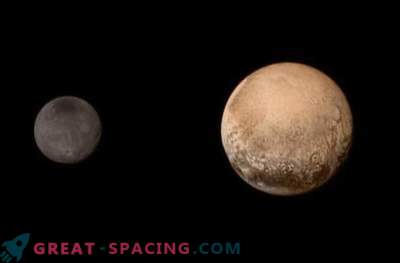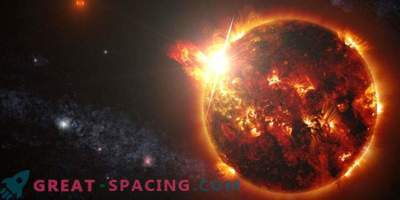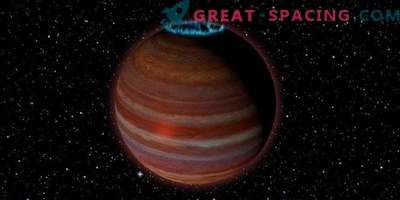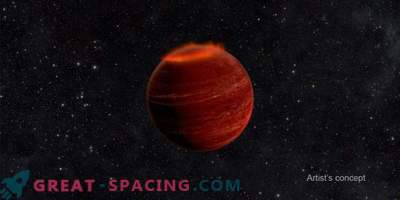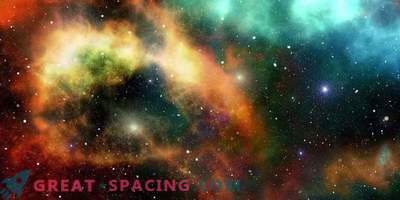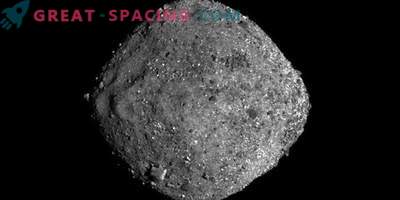
Artistic interpretation of a brown dwarf star. Such objects are massive and hotter than the planet, but their massiveness is still not enough to get the status of a star. Brown dwarfs of the Y-type are the coldest variety, whose surface temperature is 200-500 Kelvin
Dwarf objects are considered failed stars. Their massiveness is not enough to become real stars (about 80 Jupiter) and raise the temperature to 10 million Kelvin, to activate the process of burning hydrogen.
The temperature indicators of the surface and the properties of brown dwarfs are based on their weight and age. It can be only from 1000 K to 200 K (as the Earth's temperature). The warmest group is marked as L-dwarfs. Next is T and the most cold - Y.
It is not surprising that at such temperatures they are weak and difficult to find. True, scientists believe that they can be as many as ordinary stars. The sensitivity of the NASA WISE instrument is enough to catch the emissions of these frosty objects. Class managed to fix in 2011. To date, the list includes only 24 brown dwarfs of the Y-type. The researchers used the Spitzer telescope and the Gemini Observatory to learn more about the distance, brightness, color and spectral characteristics of these objects. Age and mass were found for 22 dwarfs and for warmer ones in the Y-type (450 K), compliance with the models was observed. Everyone has a turbulent atmosphere.
However, on the bodies, where the temperature was close to 250 K, the models did not coincide. The authors of the study believe that more studies and the search for large Y-type objects will be required. But this is only possible with the advent of more sensitive infrared technology.
